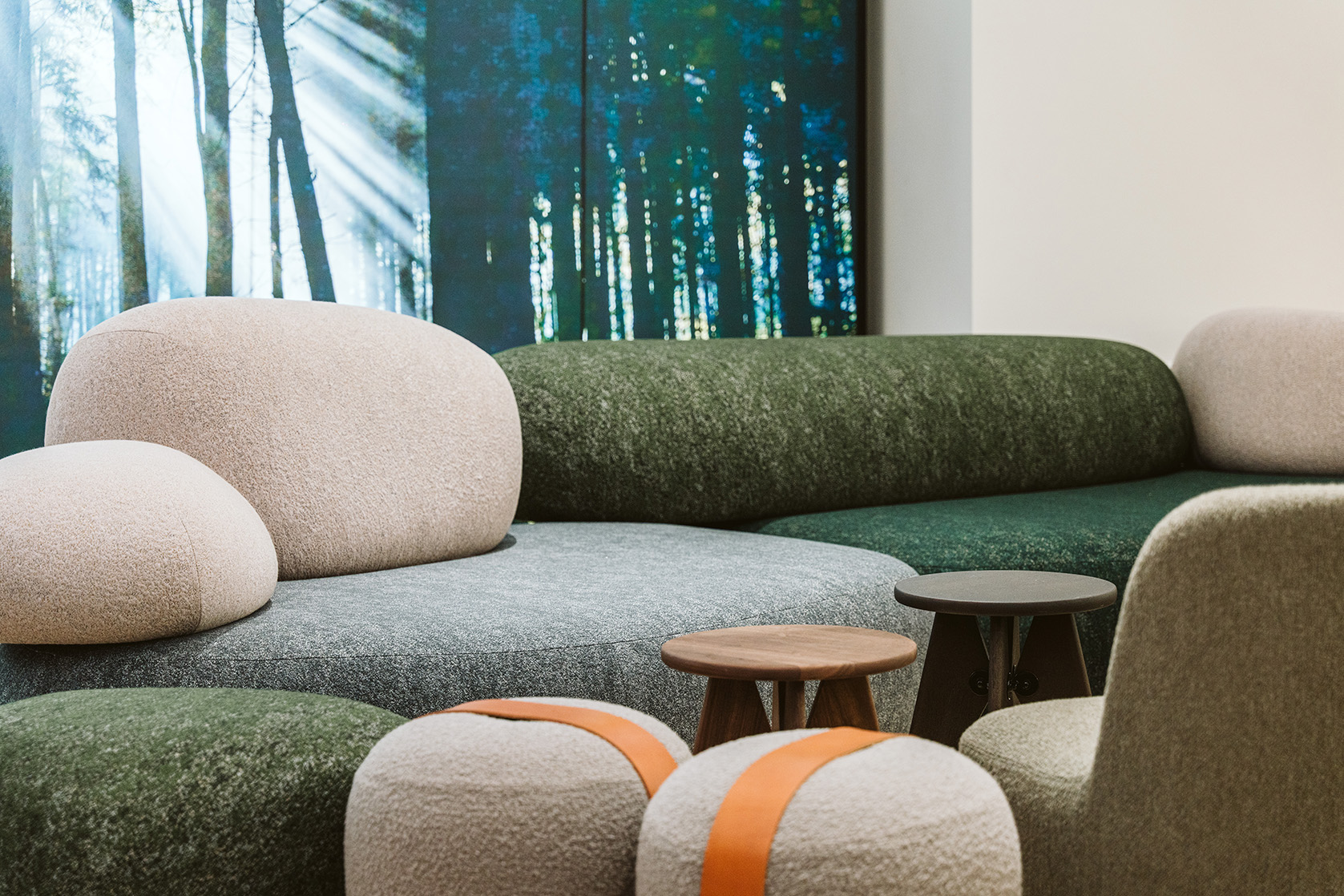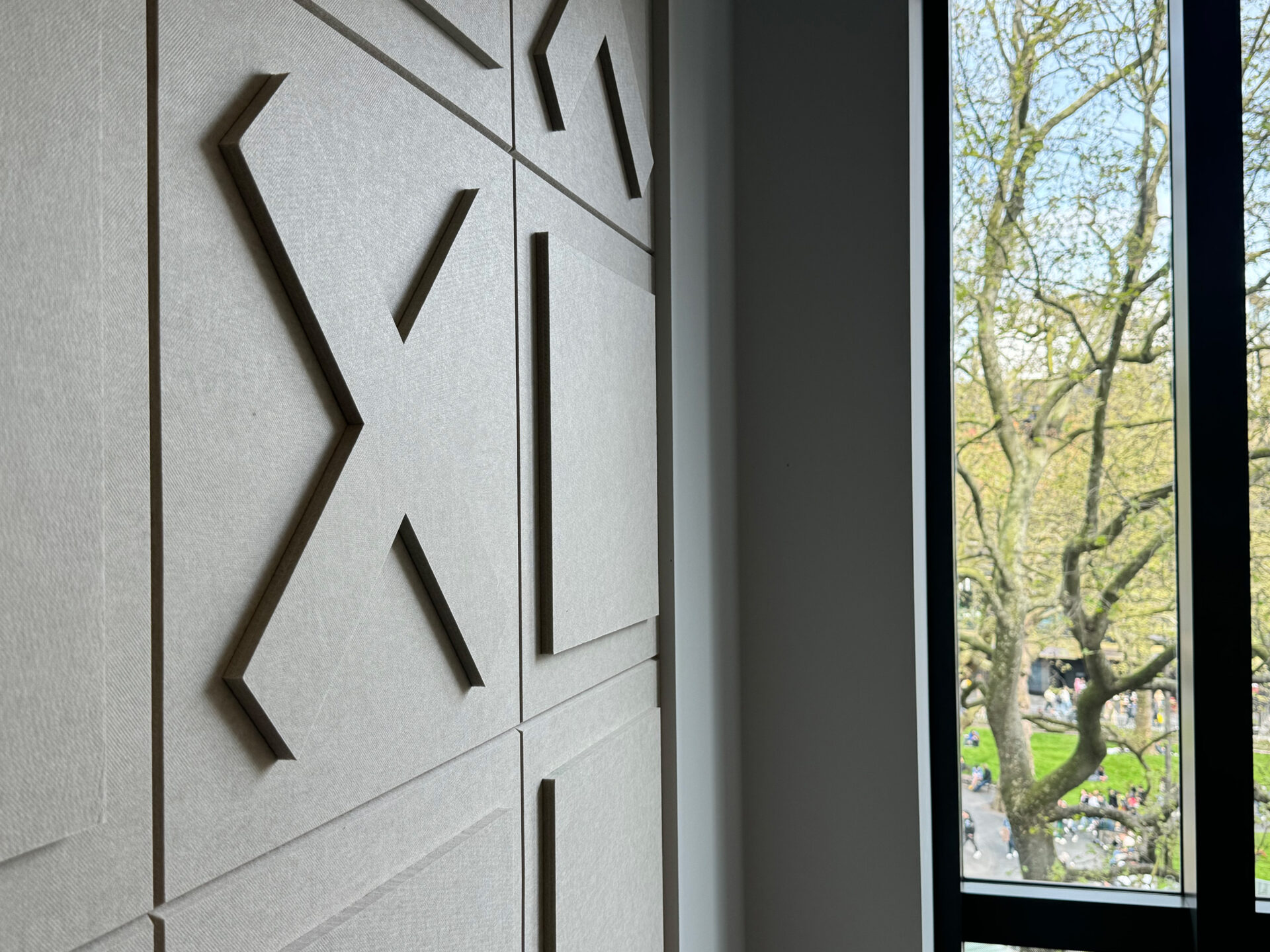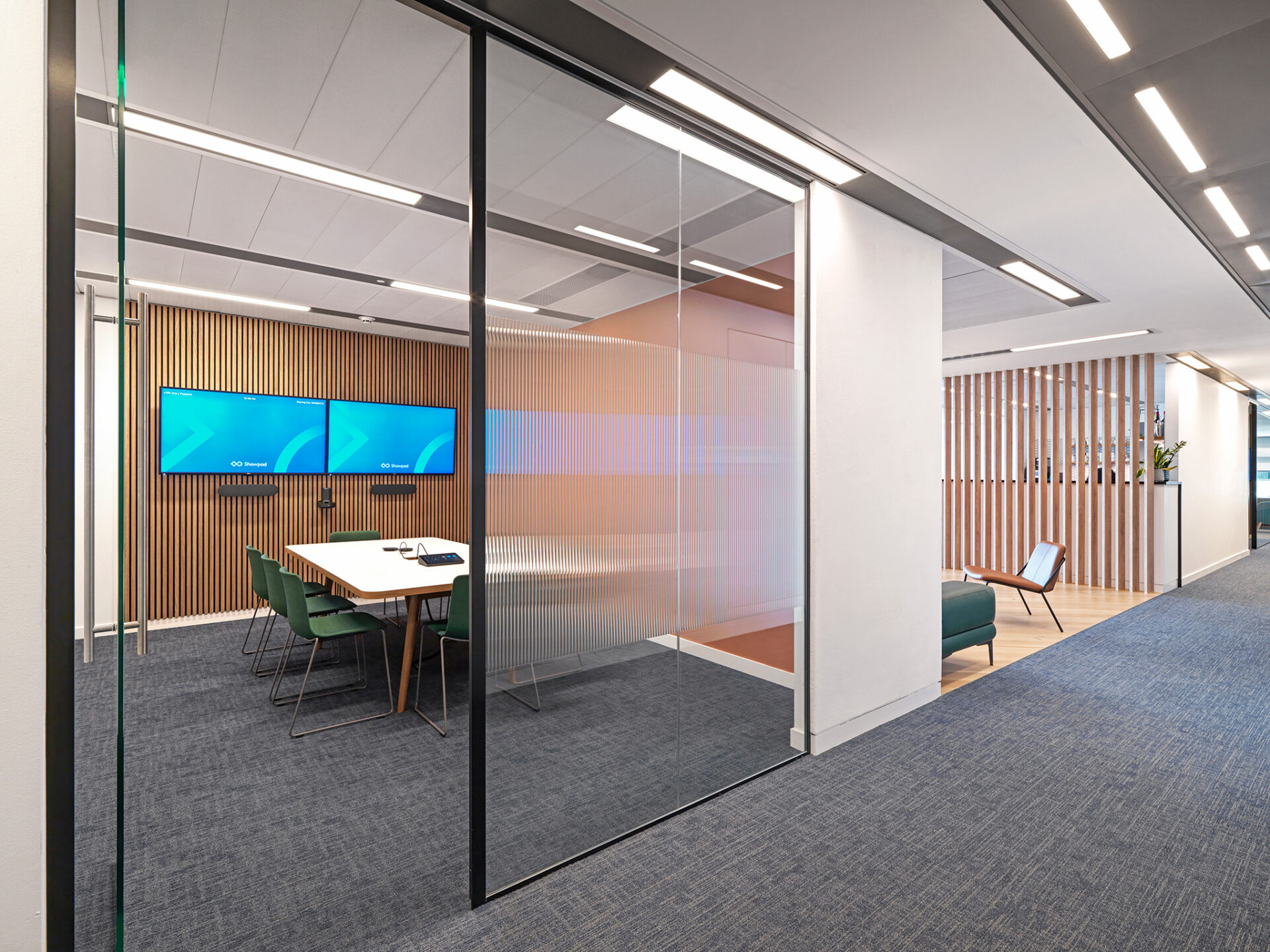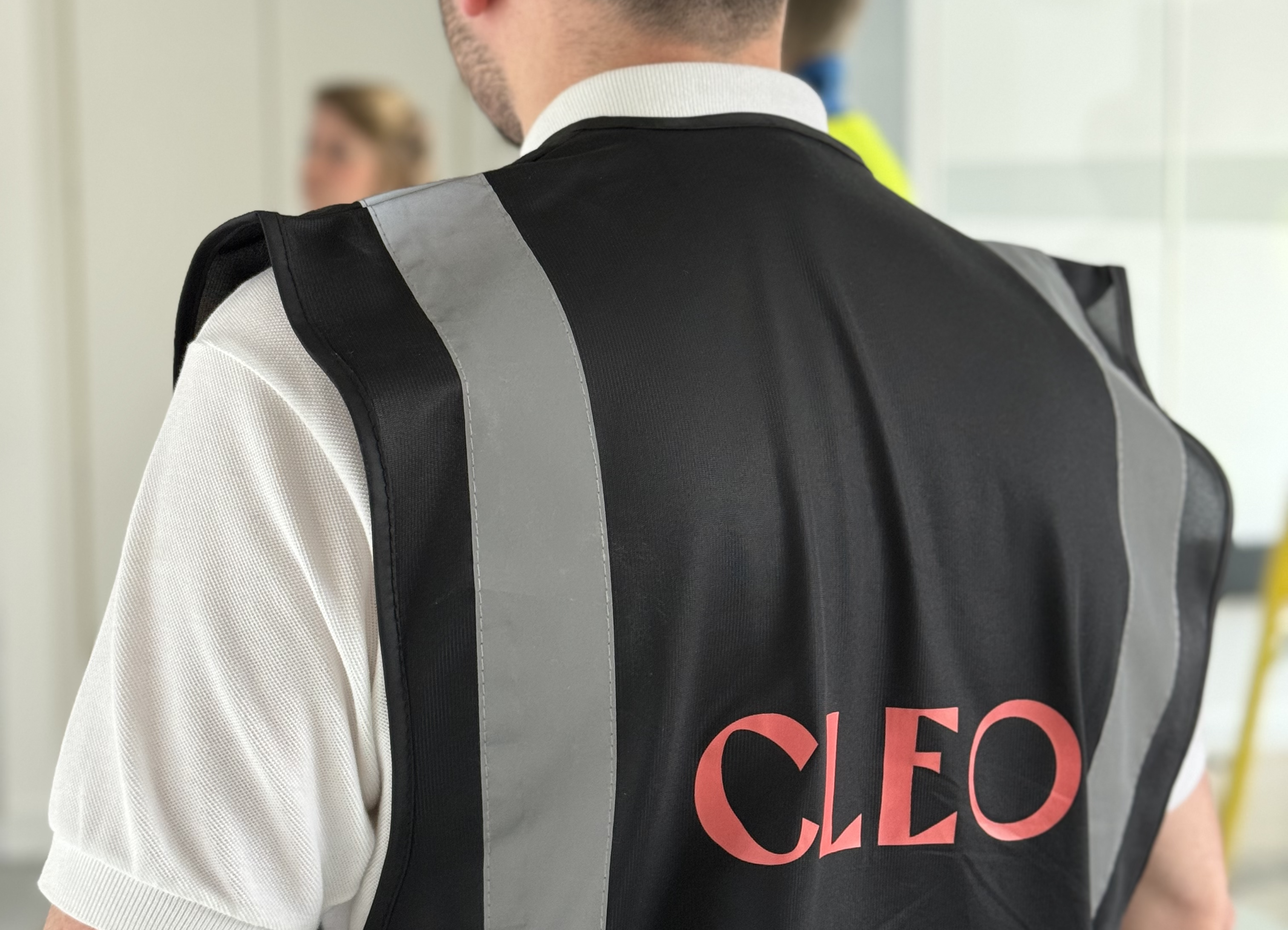
Is your workplace designed to accommodate your neurodiverse employees?
Creating an inclusive workplace environment is not just about meeting physical accessibility standards; it’s also about accommodating diverse neurocognitive needs.

Neurodiversity encompasses a range of neurological variations such as autism, ADHD, dyslexia, and others. Employers are increasingly recognising the value of embracing neurodiversity in the workplace, as it fosters innovation, problem-solving, and productivity. As office designers, we play a crucial role in making workspaces more inclusive for neurodiverse individuals. Here are five ways you can optimise your workspace for neurodiversity:
One of the most effective ways to accommodate neurodiversity is by creating flexible workspaces. This involves providing various types of workstations such as quiet zones, collaborative areas, and individual pods. Neurodiverse individuals may have different preferences regarding noise levels and social interaction. By offering a variety of work environments, office designers empower employees to choose spaces that suit their specific needs, enhancing their comfort and productivity.

Sensory sensitivities are common among neurodiverse individuals. Incorporating sensory-friendly elements into your workplace design can help to minimise sensory overload. This includes using sound-absorbing materials to reduce noise levels, implementing adjustable lighting options to accommodate light sensitivity, and selecting ergonomic furniture that provides comfort without overwhelming sensory input. By creating a sensory-neutral environment, designers can help your workplace accommodate neurodiverse employees?

Effective communication is essential for all employees, regardless of neurocognitive differences. Your space should integrate tools that cater to diverse communication styles. This may include digital collaboration platforms, visual aids such as whiteboards or interactive displays, and designated quiet spaces for those who prefer written or electronic communication. Providing multiple communication channels promotes inclusivity and ensures that all team members can effectively exchange ideas and information.

As well as physical design considerations, we can contribute to neurodiversity inclusion by offering training and raising awareness among our teams. This training can cover topics such as understanding neurodiversity, recognising common challenges, and fostering a supportive culture. By promoting empathy and understanding, designers create an environment where neurodiverse employees feel valued and respected for their unique contributions.
Bringing neurodiversity into workplace design is not just a matter of compliance or box ticking, it’s about creating environments where all employees can thrive. By embracing neurodiversity in design practices, companies can harness the diverse talents of their workforce and foster a culture of innovation and productivity. Ultimately, creating a neurodiverse-friendly workplace benefits not only individual employees but also the organisation as a whole.
Contact our Workplace Strategy team to help you create a more inclusive workspace.


